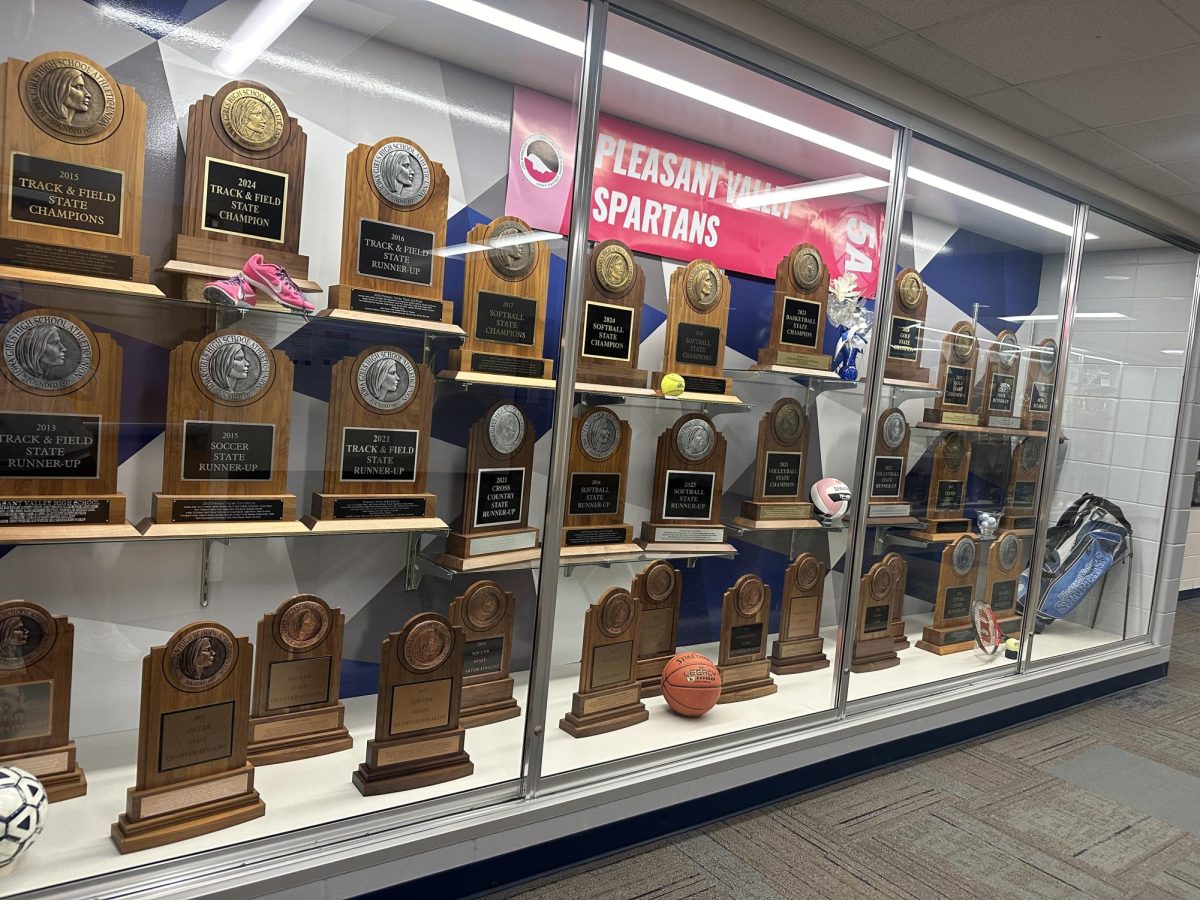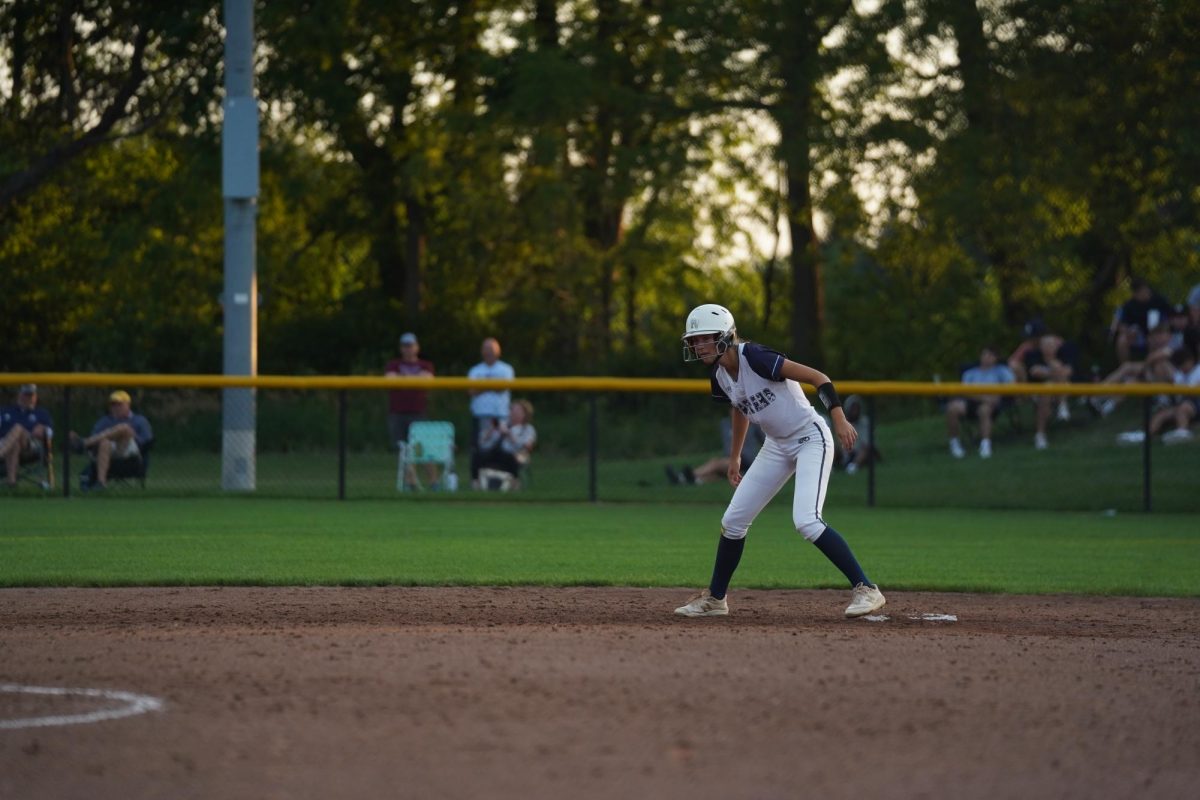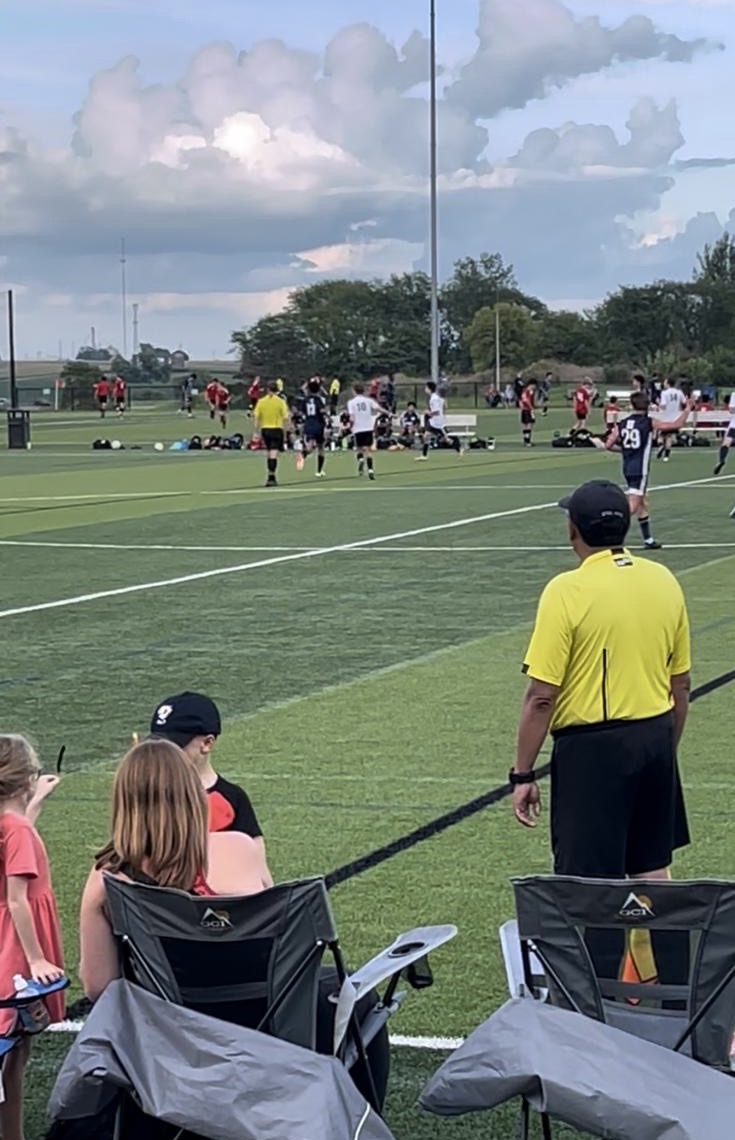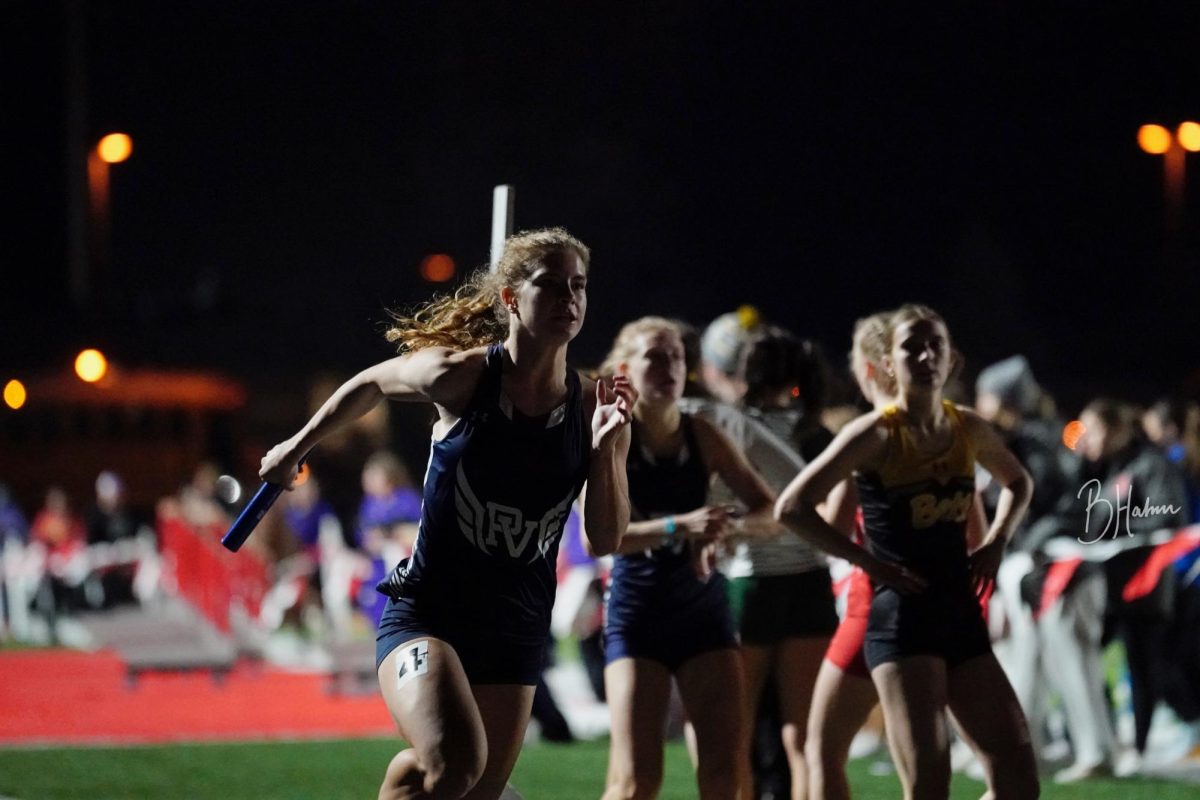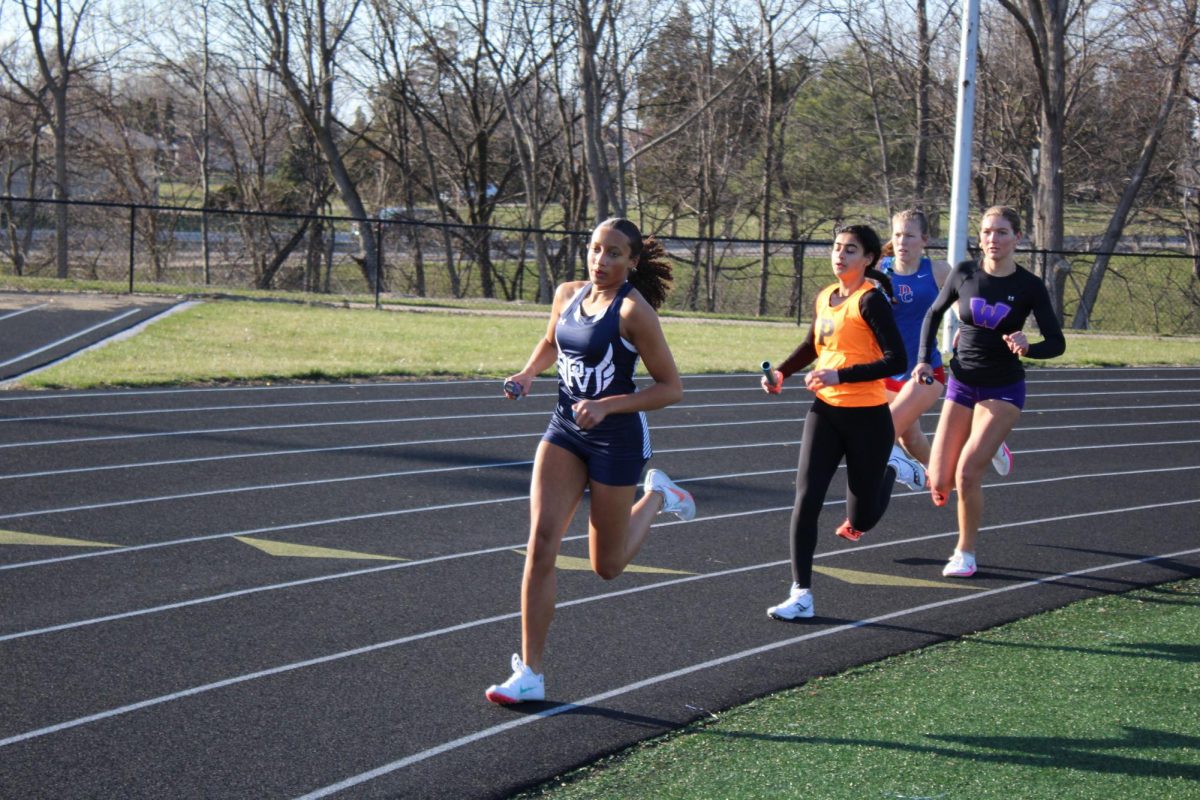On July 27, the House of Representatives and the NCAA agreed to new terms regarding scholarships and roster limits for prospective, incoming and current collegiate student-athletes.
The long-form agreement settled a multi-billion dollar, class-action lawsuit that formed the mold for a new revenue sharing plan. Part of this plan introduces new roster limits and NIL regulations.
The NCAA owes an estimated 2.78 billion dollars to athletes due to damages from name, image and likeness. To repay these debts, the NCAA plans to withhold tournament payouts from every men’s basketball conference and reduce costs by limiting the overall number of student-athletes.
The debt the NCAA has built up is falling on student-athletes. “I do not think it is fair that the athletes are the ones having to deal with and are affected by these debts. Unfortunately that is what is having to happen in order for the NCAA to pay back what they owe,” varsity volleyball and basketball player Isabelle Kremer said.
Roster limits are the primary way the NCAA plans to pay their debts. The reasoning for these limits is twofold. Firstly, Power Five football schools will now be required to pay their athletes directly. Additionally, those same athletic departments will no longer have scholarship limitations for any sport, just roster limits.
By reducing the total number of athletes across these schools, the NCAA will reduce their costs as a whole, which will propel them towards repaying their large sum of debt. Fewer student-athletes means lower travel. food and apparel cost. The change also spells a greatly reduced cost of hosting at NCAA tournaments, due to the smaller number of competitors to pay for and host.
Being able to provide more scholarships for athletes is undoubtedly a positive. While the increased number of scholarships may not seem like a large sum, the compilation and ability to spread them out among multiple athletes may greatly reduce financial stress on some student-athletes.
Additionally, increasing the likelihood of equivalent scholarship values may take away hierarchies within teams. “Colleges being able to offer more scholarships outweighs the downside of new roster limits. By doing this, every player on rosters are guaranteed to receive money and have their college paid in full. This rule puts more personal value on each of those players,” Kremer said.
Unfortunately, there is a foreseeable dark side to the new agreement. The increased amount of scholarships come at the expense of roster spots. Marquette’s men’s lacrosse team currently has a roster of 56 men. The new limit is 48. Their women’s soccer team has 32 competitors. The new limit lies at 28.
Not only does this mean roster cuts for athletes currently on teams, but it almost entirely eliminates the opportunity for current high school athletes to continue their athletic careers at the D1 level. “I believe that by cutting down the limit of athletes on a team takes away opportunities from athletes to be a part of a sports team and have that experience,“ varsity softball player Kasey Kane said.
It is undeniably financially responsible of the NCAA to find short and long term solutions for their cash shortfall. However, it remains to be seen what the long term consequences will be for their methods for future collegiate athletes.


